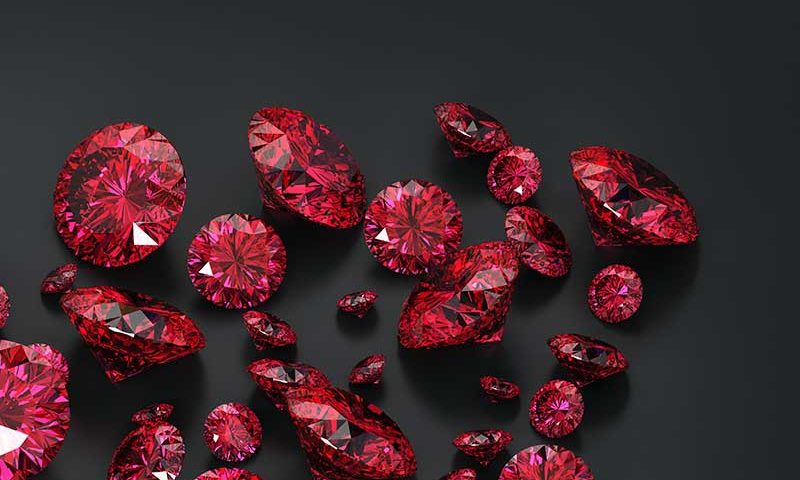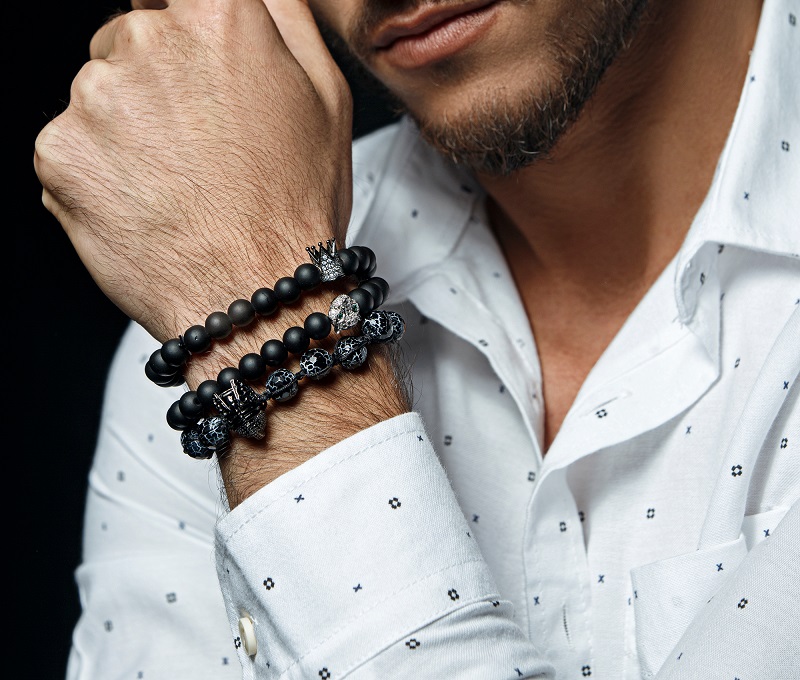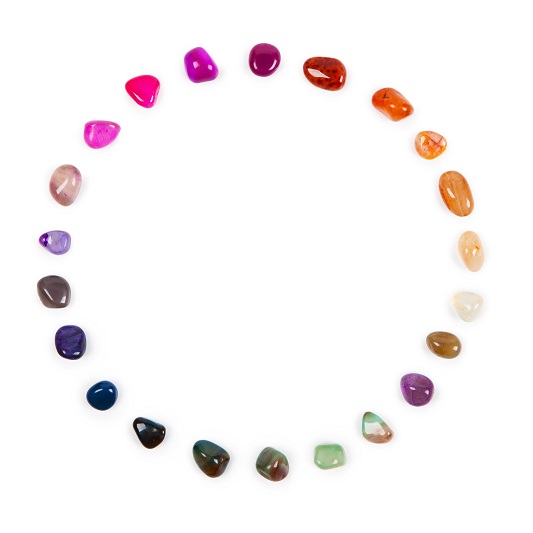Ruby Buying Guide

10 most expensive watches of all-time
22nd September 2017
Gemstone of the Week: Aquamarine
29th September 2017One of the most valuable and sought-after gems, Rubies have been loved for generations. With so many of the precious stones on the market today, setting out to purchase a ruby of your own may seem a little overwhelming. If this sounds familiar, then this article is perfect for you. Below, we explore the vast history of the ancient stone, in addition to discussing a couple of the key things to look out for when buying a ruby, helping to make the nerve-wracking process that little bit simpler.
History and Origins
Thousands of years ago, the stone was so idolised in India that stories were recalled of how God created the Ruby before man, only creating men later to own it. Back then, the Emperor of India was said to send out his notable men whenever a stupendous gemstone was found, insisting that they escort the precious stone back from the mine. In terms of religious beliefs, it is suggested in the Bible that a ruby the stone of Judah; as the king of Israel originated from this location, Rubies soon became associated with Royalty, being seen as one of the most precious gemstones in the world. Still to this day, many of the famous crown jewels include incredible rubies, each weighing hundreds of carats. Although some of the worlds most famous crown jewels do definitely include the blood red stones, in some circumstances it is believed that other stones such as spinels have been mistaken for rubies. A famous example of this is the “Black Prince Ruby” decorating the British Crown Jewels; this is actually a spinel, not a ruby.
Before the beginning of the 20th century, rubies were often seen as being more valuable than diamonds. Although certain qualities of ruby have decreased in value over the years, a spectacular ruby of 3 carats or above is still likely to be sold for a higher value than a diamond of comparable size.
What to look for when buying a ruby
Although rubies come in a variety of tones from red to dark pink, the most desirable colour is deep red with a slight hint of blue, commonly referred to today as ‘pigeons blood red’. Rubies and sapphires are both forms of corundum, with the only essential difference between the two being the colouring. Consequently, all red corundum is classified as ruby, and all other colours are referred to as sapphires. The most valuable of the lot, beautiful rubies get their unique colouring from the presence of chromium within their chemical makeup.
Ruby or Sapphire?
A simple way to distinguish whether corundum is a ruby or sapphire is by evaluating its colouring. Although there has never been a firm answer on where to draw the line, most experts agree that a ruby should boast a medium to dark red hue, with anything lighter than this being considered a pink sapphire instead. Typically, pink sapphires are a lot less valuable than ruby, so keep this in mind when setting out to by one of the exceptional jewels. Below, we discuss a couple of the other key things to look out for when buying a ruby.
Heat treatment
The majority of rubies up for sale today will have been treated in some way. While non-treated stones do occasionally pop-up, be prepared to pay an extortionate premium if you are interested in getting your hands on of the rarities. Commonly, heat treating a ruby will improve the overall colour of the stone, making it appear clearer and more intense, often with fewer imperfections. Simply put, heating encourages the impurities within the stone to distribute more evenly throughout the crystal, consequently reducing the appearance of cloudiness and uneven colouring. While there is nothing wrong with purchasing a ruby that has undergone heat treatment, it is worth questioning whether the stone is untreated if the seller is seeming to charge over the odds.
Clarity
Surprisingly, imperfects and flaws within rubies are seen as a good thing. The appearance of certain inclusions is thought to show the stones individuality, in addition to proving that the gemstone is authentic and genuine. It is worth stating although most flaws do not affect the quality of the gem, imperfections that appear to decrease the transparency of the stone can make the ruby less desirable. Although the majority of rubies contain an element of inclusions, stones that have many obvious flaws are less valuable than those of an ‘eye-clean’ nature. Eye clean simply means that the imperfections in the stone are not able to be seen to the naked eye, meaning that while the authenticity is still present, on the surface the jewel looks exceptional and flaw-free. Occasionally, large inclusions within a stone can make it more delicate and susceptible to breakage; consequently, we advise that any gemstones with large cracks are best to avoid.
Cut
Another important thing to take into account is the cut. All edges of the stone should ideally be symmetrical, appearing smooth without the occurrence of fine lines. It is advised that stone should be deep enough for reflections to be visible across the face of the gem. The shallower the ruby, the more it leaks light – ultimately resulting in it not being as bright and radiant. With a certain amount of light through the stone is expected, being able to see right through the stone, almost as if you are looking through a window, is bad news. A well-cut ruby should boast incredible sparkle, with vibrant colouring throughout the piece.
Cost
Although cost is something to consider, it really does come down to common sense. While a small, heat treated ruby can easily be picked up for a relatively low cost, if you are seeking a large stone of exceptional clarity then you are going to be racking up quite a large bill. It all depends on what you looking to purchase.
Care
Obviously, when buying a ruby, it is important to gauge how well a stone has been cared for. Look out for small chips, as although they may be almost invisible at the moment they can often lead to large cracks in the future.
In Summary
Whether you are strolling down to a local market to have a browse through the quaint collections, or venturing to a professional jeweller with the intention of picking up something special, we hope that this guide has provided you with enough information to make the purchase of your gemstone jewellery that little bit easier.




